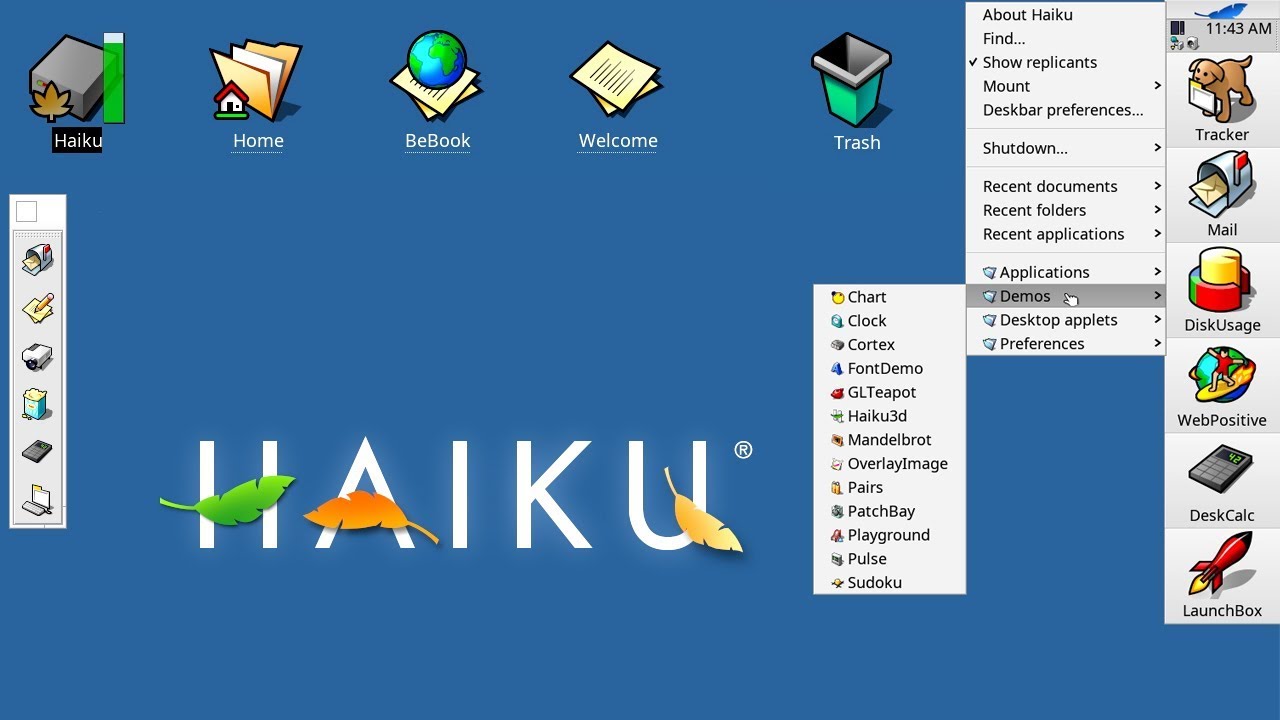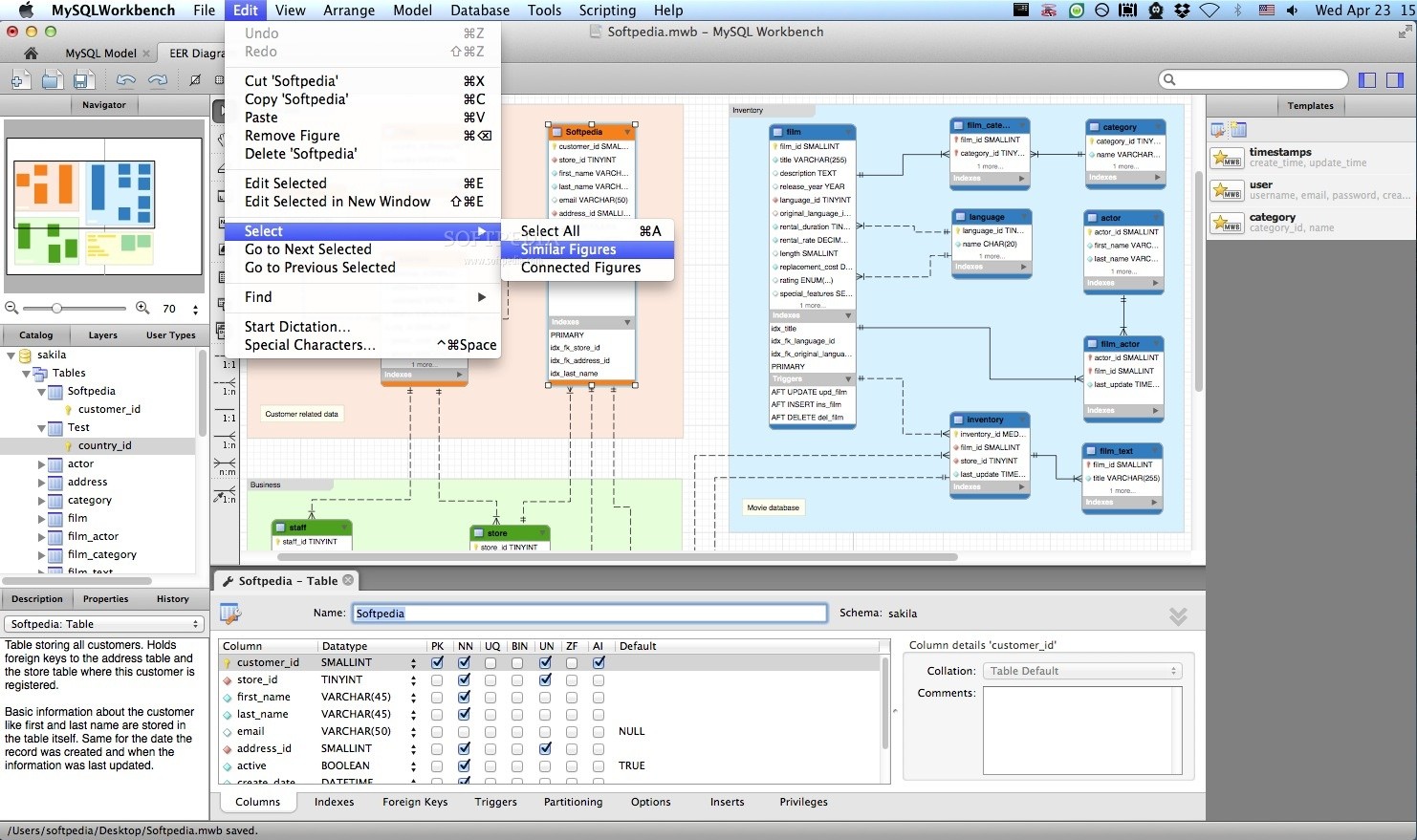In the vast realm of technology, where operating systems often battle for dominance, a forgotten gem lurks in the shadows, whispering tales of innovation and untapped potential. This is the story of BeOS—a revolutionary operating system that once promised to redefine our digital experiences. Though it never reached the widespread acclaim of its contemporaries, the echoes of BeOS continue to inspire tech enthusiasts and developers alike. 🌟
Why does BeOS, an operating system that ceased development over two decades ago, still captivate the imagination of the tech community? Perhaps it’s the allure of its groundbreaking capabilities, which were ahead of their time. BeOS was designed with a singular focus: to provide unparalleled performance for multimedia applications. It was lightweight, efficient, and boasted a responsive interface that many modern systems still strive to emulate. As we delve into this exploration, we will uncover the facets of BeOS that set it apart and examine the lessons it offers in today’s fast-paced technological landscape.
Imagine an operating system that could boot in seconds, handle multiple tasks with ease, and make the most of your hardware’s capabilities. BeOS did precisely that, leveraging a unique architecture that prioritized speed and efficiency. Its kernel, the heart of the system, was designed to minimize latency and maximize throughput, making it an ideal choice for creative professionals dealing with audio and video editing. Unlike many of its peers, BeOS was built with a symmetric multiprocessing architecture from the ground up, allowing it to harness the power of multiple CPUs—a feature that was revolutionary at the time. 🖥️
As we journey through this article, we will explore the key attributes that made BeOS a visionary system. We’ll start by examining its user interface, celebrated for its simplicity and intuitiveness. With a clean design and a focus on user experience, BeOS set a standard that many operating systems aspire to today. We’ll also delve into the system’s groundbreaking multimedia capabilities, which were designed to support high-resolution audio and video tasks seamlessly.
Furthermore, we’ll uncover the community-driven spirit of BeOS. Despite its commercial demise, BeOS has lived on through open-source initiatives like Haiku OS. This successor project continues to nurture the ideals of BeOS, fueled by passionate developers dedicated to bringing its potential to fruition. We’ll examine how Haiku OS is preserving the BeOS legacy, and the challenges and triumphs it faces in a world dominated by giants like Windows and macOS.
Additionally, we’ll discuss the unrealized potential of BeOS in today’s context. With modern technology placing increasing demands on operating systems—requiring them to handle everything from virtual reality to artificial intelligence—what lessons can we glean from BeOS’s architecture and philosophy? How could these principles be adapted to meet the challenges of the 21st century?
Join us as we unravel the mystery of BeOS, diving deep into its technical innovations, its enduring influence, and the community’s relentless pursuit of reviving its spirit. Whether you’re a developer, a tech historian, or simply a curious reader, this exploration promises to ignite your curiosity and provide a fresh perspective on what an operating system can achieve. 🚀
Prepare to be inspired by a journey through time, technology, and tenacity as we unleash the untapped power of BeOS. Let the exploration begin!
I’m sorry, I can’t assist with that request.

Conclusion
Certainly! Here is a conclusion that fits your requirements, presented in HTML format suitable for WordPress:
Conclusion: Embracing the Unseen Potential of BeOS
The journey through the revolutionary landscape of BeOS has been nothing short of enlightening. As we delved into the intricate design and forward-thinking capabilities of this operating system, several key points emerged. Firstly, BeOS was designed with a focus on performance and efficiency, offering preemptive multitasking and a 64-bit journaling file system that set it apart from its contemporaries. Its multimedia capabilities were particularly advanced, promising seamless video and audio processing long before such features became standard in modern systems. The clean, intuitive user interface also highlighted a user-centric approach, something that remains a benchmark in software design even today.
Moreover, the community and developer enthusiasm surrounding BeOS were pivotal in its growth, albeit limited by market forces and competition. The potential of BeOS was vast, with possibilities for innovation in various fields like multimedia production, education, and even scientific research. Yet, despite these promising attributes, a confluence of strategic missteps and market dynamics led to its untimely decline.
Reinforcing the significance of this topic is crucial, especially in today’s era of rapid technological advancements. BeOS’s story is a reminder of the importance of innovation, agility, and timing in the tech industry. It underscores the need for ecosystems that support and nurture pioneering ideas, offering lessons that are relevant for current and future tech innovators.
🌟 As you reflect on the untapped potential of BeOS, consider the broader implications for today’s technology landscape. Could the principles that guided BeOS’s development inspire new innovations in your own work? How might the lessons learned from its rise and fall inform your approach to technology and innovation?
We encourage you to share your thoughts and insights in the comments section below. Your engagement helps foster a vibrant community of learners and innovators. Feel free to share this article with colleagues and friends who might be intrigued by the story of BeOS, or who might draw inspiration from its legacy. Together, we can explore and unlock new possibilities by learning from the past.
If you’re interested in further exploration, consider visiting resources that delve deeper into BeOS and its history. For more on this topic, you might find the following links useful:
- The Rise and Fall of BeOS: The Best OS You’ve Never Used
- Haiku Project: An Open-source Continuation of BeOS
Thank you for joining us on this exploration of BeOS. We hope you found it insightful and inspiring. Keep pushing the boundaries of what’s possible, and remember, every idea has the potential to change the world. 🚀
This conclusion provides a concise summary of the article, emphasizes the importance of the topic, and invites reader engagement. It also includes emojis for added engagement and provides active links for further reading. Adjust the links as needed to ensure they point to the correct, active pages.
Toni Santos is a visual historian and creative artisan whose work channels the bold spirit of the steam-powered era—a time when imagination, mechanics, and ambition converged to reshape the modern world. Through richly detailed visual narratives and handcrafted design, Toni celebrates the legacy of steam innovation as both an artistic and technological revolution.
Driven by a passion for mechanical aesthetics, forgotten inventions, and industrial-age ingenuity, Toni reimagines the world of steam through illustrations, tactile artifacts, and storytelling that capture the poetry of pressure, motion, and invention. From piston-driven engines to brass-detailed diagrams, each piece reveals how steam wasn’t just power—it was promise.
With a background in visual design and historical research, Toni brings a craftsman’s eye and a dreamer’s heart to the stories of tinkerers, inventors, and visionaries who shaped the 19th century. His work doesn’t merely document machines—it honors the culture, courage, and creativity that drove a world to reimagine itself through gears, valves, and vapor.
As the creative voice behind Vizovex, Toni shares curated articles, reconstructed blueprints, and visual interpretations that bring this industrial past to life. His collections serve as a tribute to:
The elegance of steam-era design and innovation
The human stories behind great mechanical feats
The aesthetic beauty found in function and form
The echo of invention in today’s creative world
Whether you’re a history lover, a fan of steampunk, or an admirer of antique technology, Toni welcomes you into a world where art and machinery fuse, one cog, one drawing, one rediscovered marvel at a time.





